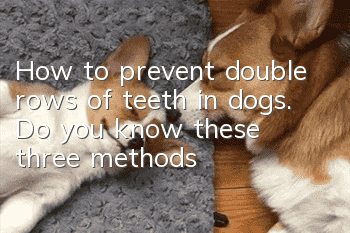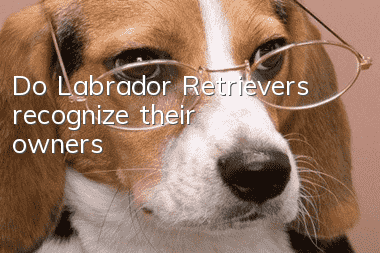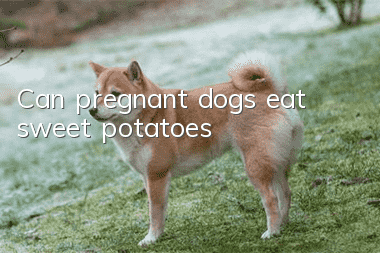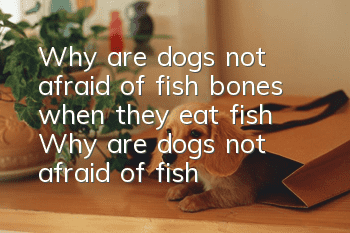How to prevent double rows of teeth in dogs. Do you know these three methods?

Methods to prevent double rows of teeth in dogs
1. Food preventionStart giving dry feed to dogs at the age of 2 months. Avoid soft food, animal liver and meat on weekdays. During this period, give your dog calcium supplements in time.
2. Human intervention
During the period when the dog is changing its teeth, observe frequently whether it can change all the teeth by itself. If not, you can help it artificially, such as using chew glue for the dog and using ropes with it. Do pulling activities and use your hands to help it move its deciduous teeth.
3. Surgical treatment
If the dog’s deciduous teeth have not fallen out after 1 year old, they can be surgically removed.
Introduction to the dog’s double row of teeth
The dog’s double row of teeth is also known as the deciduous teeth that have not fallen out. Normally, teeth should start to change when the dog is 3 and a half months old, and it should basically end when the dog is 6 months old. However, some dogs have still not lost their deciduous teeth when they are 8 months old. This will squeeze and deform the new permanent teeth, resulting in incomplete bite of the teeth. Some may even cut the gums on the opposite side, causing long-term pain. Bleeding gums. In addition, the angle between the two rows of teeth can easily form tartar, causing bad breath. Double rows of teeth in dogs is a dental disease. It is affected by dog breeds, acquired calcium deficiency, insufficient stimulation of tooth growth and other reasons. The incidence rate of small dogs such as Teddy can reach more than 40%.Dangers of double rows of teeth in dogs
1. It affects the normal development of permanent teeth, causing them to grow slowly and unevenly, causing mouth deformities.2. The double row of teeth creates many gaps between teeth, making it difficult to clean food residues and easily leading to a series of oral diseases.
3. Due to being squeezed, the permanent teeth have poor stability, and the resulting oral diseases will cause the permanent teeth to fall out prematurely, affecting the dog's health and quality of life.
4. Insufficient oral cleaning will lead to the growth of bacteria in the mouth, affecting the gastrointestinal tract, which will ultimately affect the dog's eating and life span.
Random articles
- Wolf green dog training method
- Can dogs use human shower gel when bathing?
- The school dormitory manager threw the dog at high altitude. This behavior is really shameful!
- Is it okay for dogs to eat only dog food? The nutrients in dog food really cannot satisfy dogs!
- Dogs can eat lychees, but the pits may cause serious illness to dogs!
- Five meanings of dogs licking their owners’ hands and feet. This is their special way of expression.
- Douyin disposable masks make dog menstrual pants your choice is important
- Why can’t dogs eat chicken liver? Don’t just feed your dog anything.
- Does a border collie tear down a house? Is it related to IQ that dogs tear down a house?
- Bowang dog food digests quickly and poops more frequently. Is this a good thing or is there something wrong with the ingredients?



